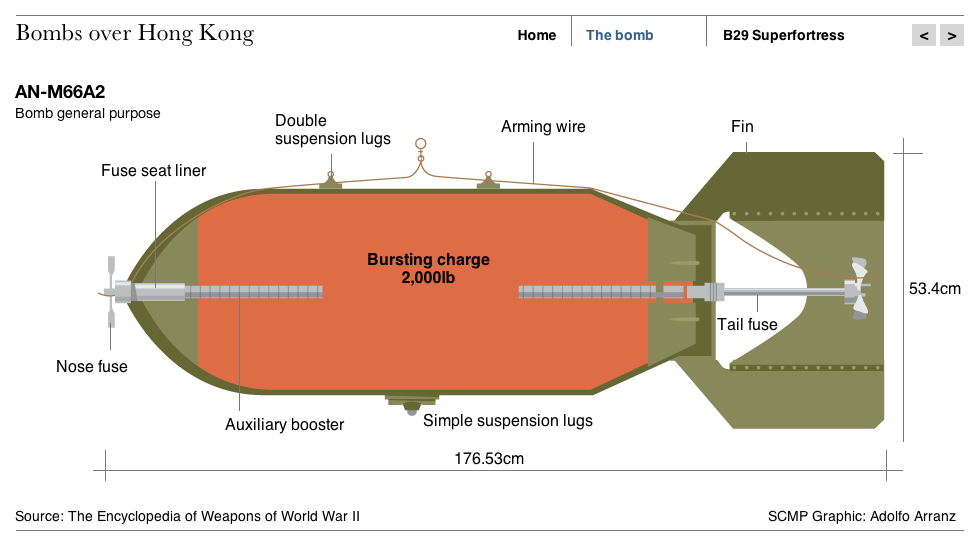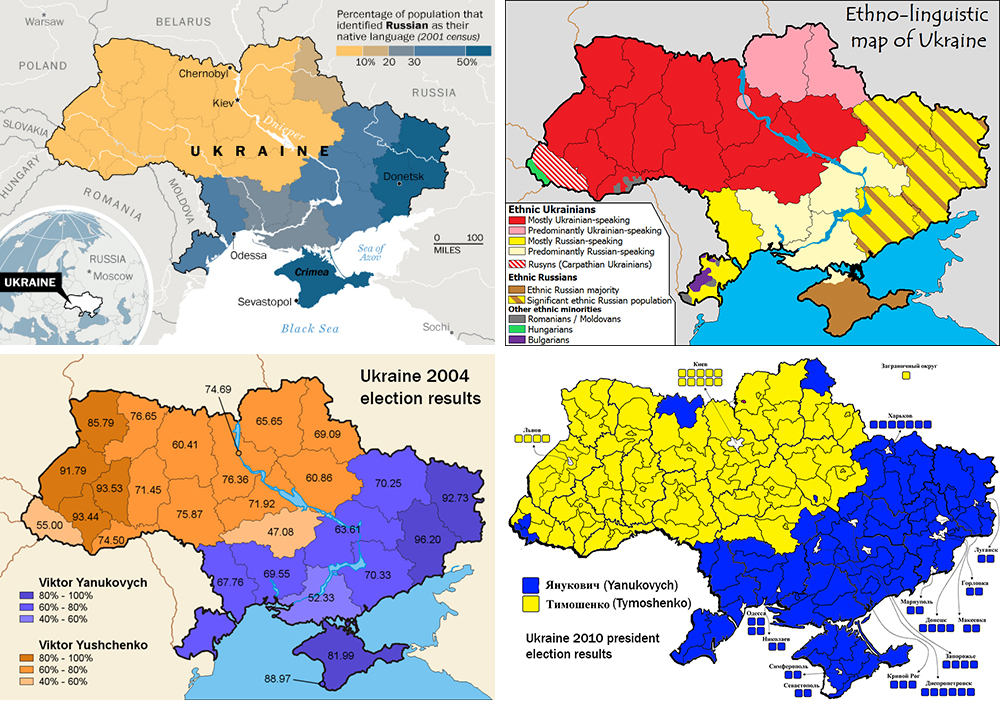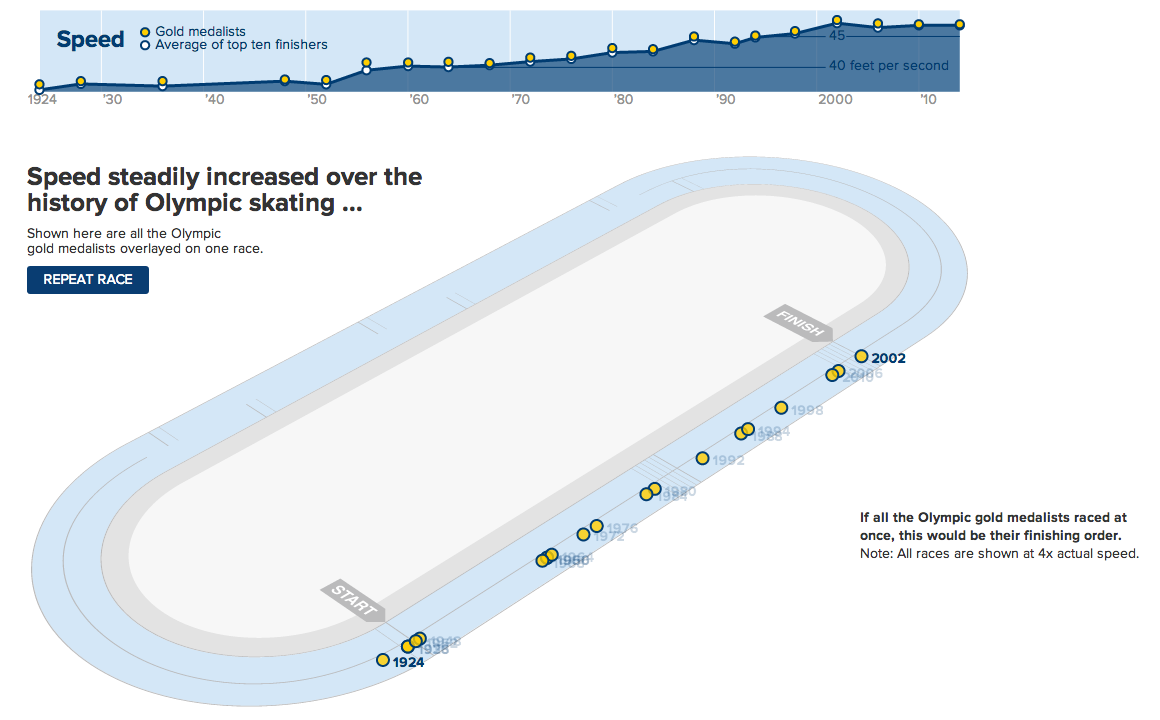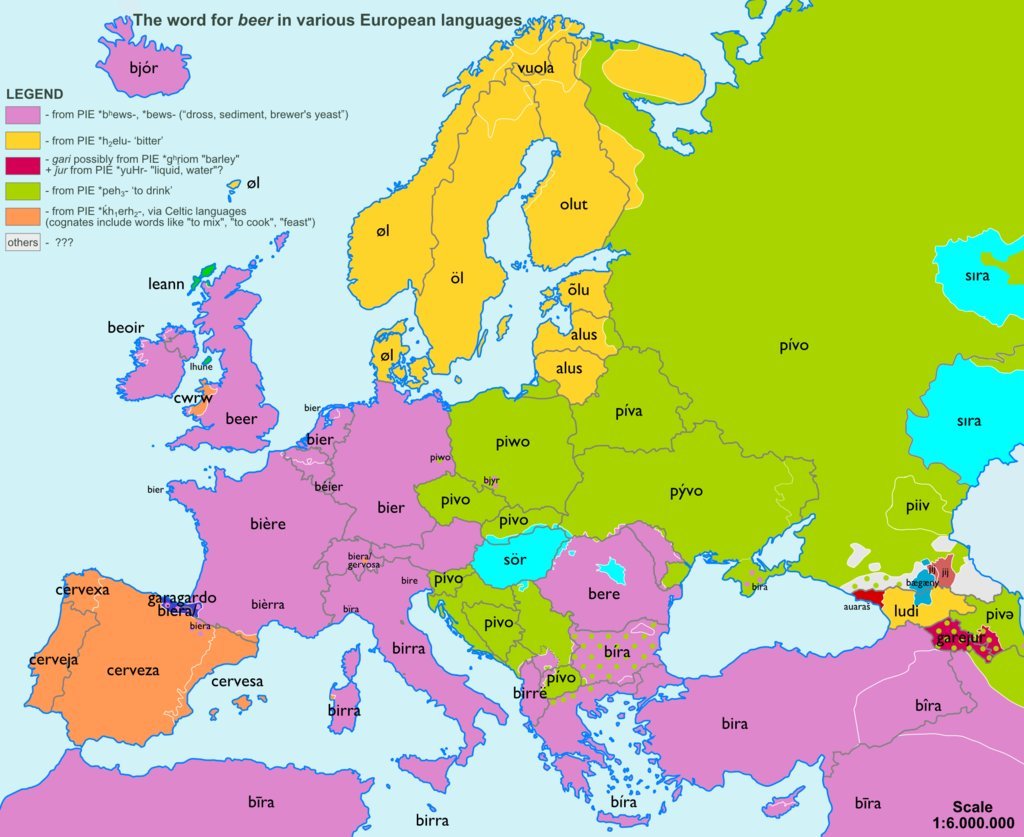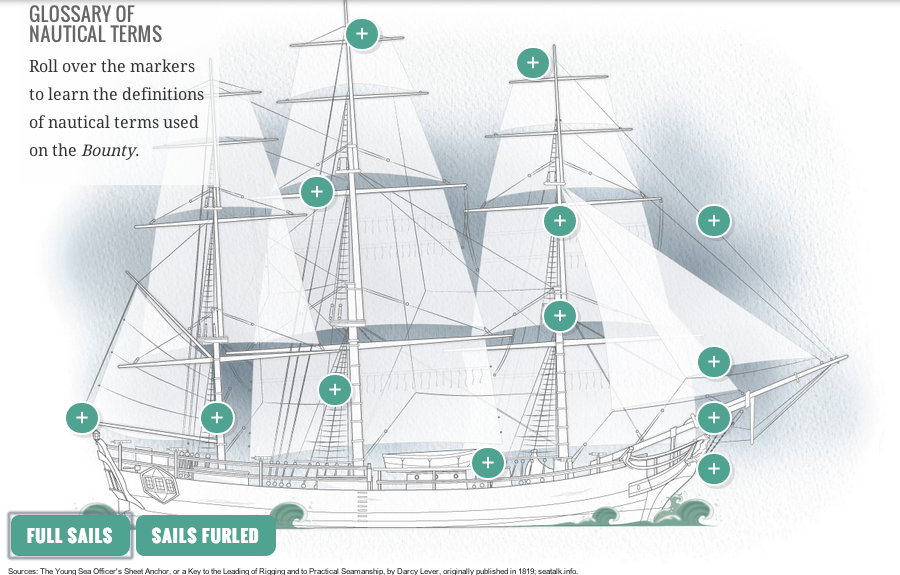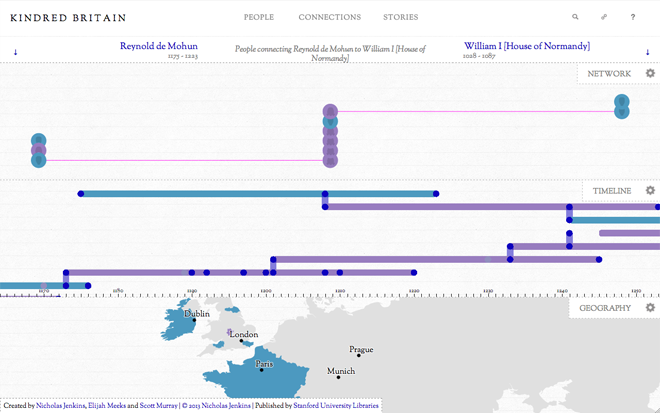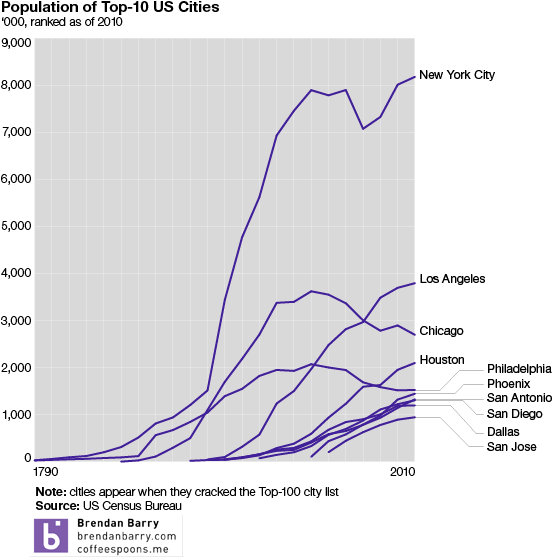Yesterday’s piece was from the Musée de la Civilisation à Québec and looked at a bilingual exhibit on Greek and Roman mythology. The museum, of course, had many other exhibits. Today I want to show an interesting bit that explained why the museum, a modern construction dating to the late 1980s, incorporated an 18th century house called Maison Estèbe.

Well, the museum had a series of graphics with text explaining why. But they were only in French. But by some smart use of graphics and some thought as to how show the progression of time, the reader can piece together a good bit of the story.


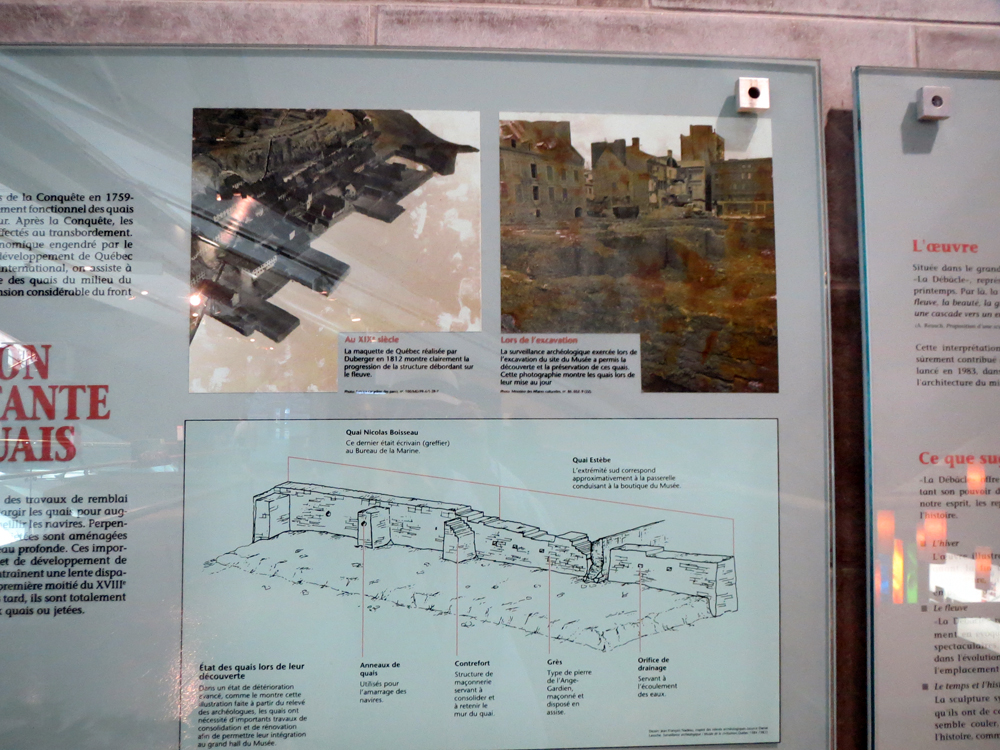
And of course to make it abundantly clear, the excavation of Québec’s foundations also revealed longboats along the old shoreline, which when placed in front of a quay like below, just make perfect sense.
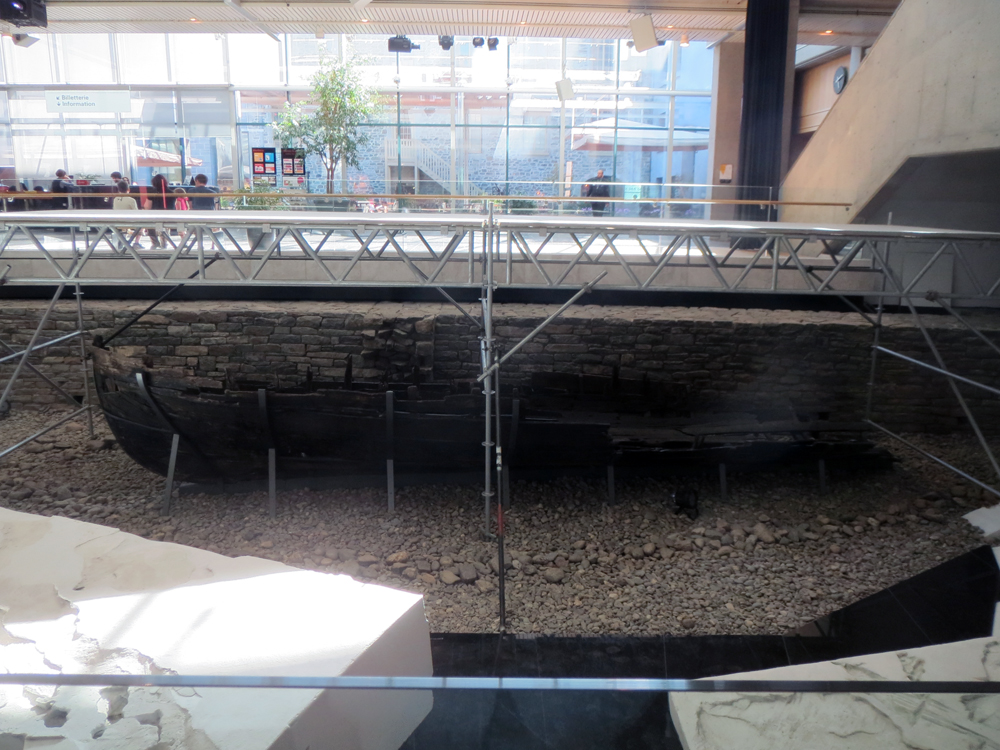
Credit for the pieces goes to the graphics department of the Musée de la Civilisation à Québec.


